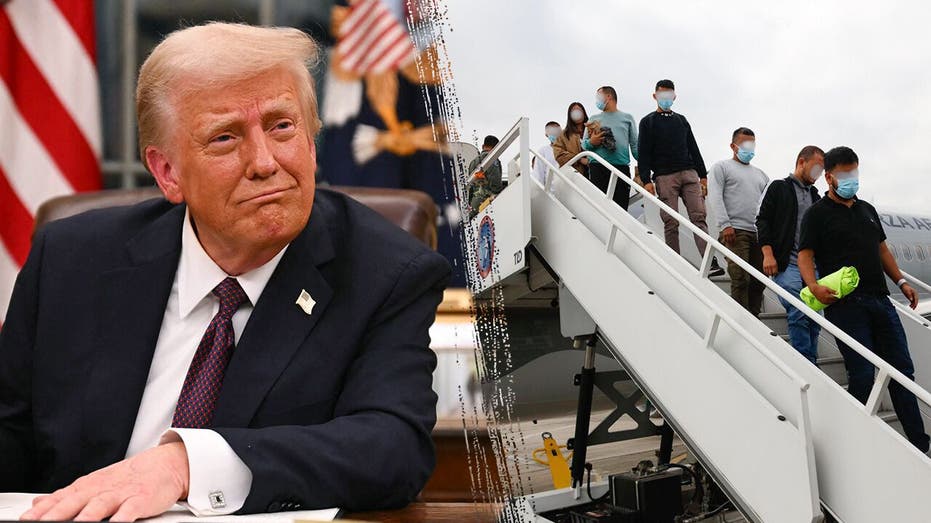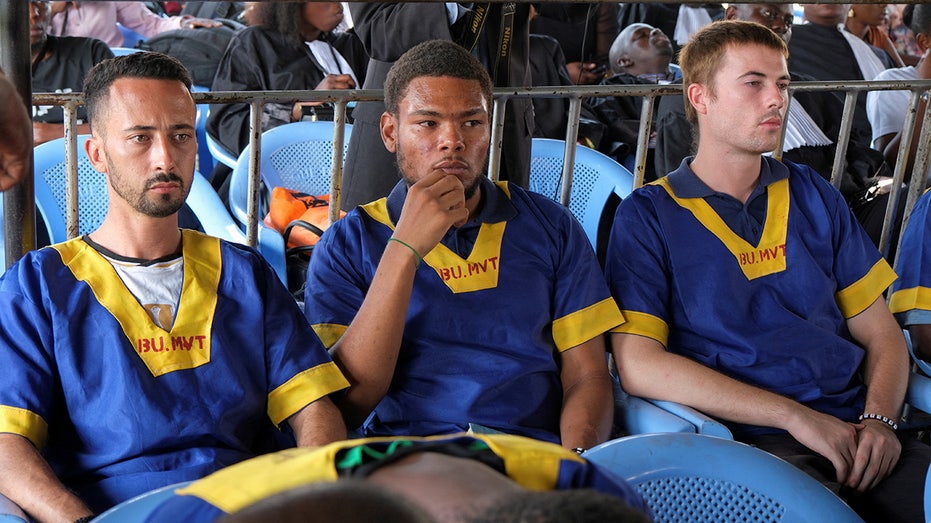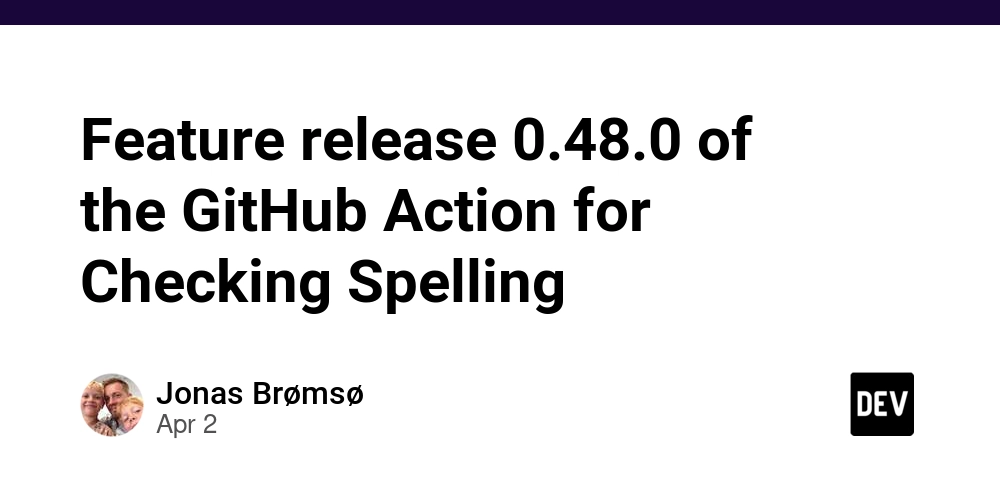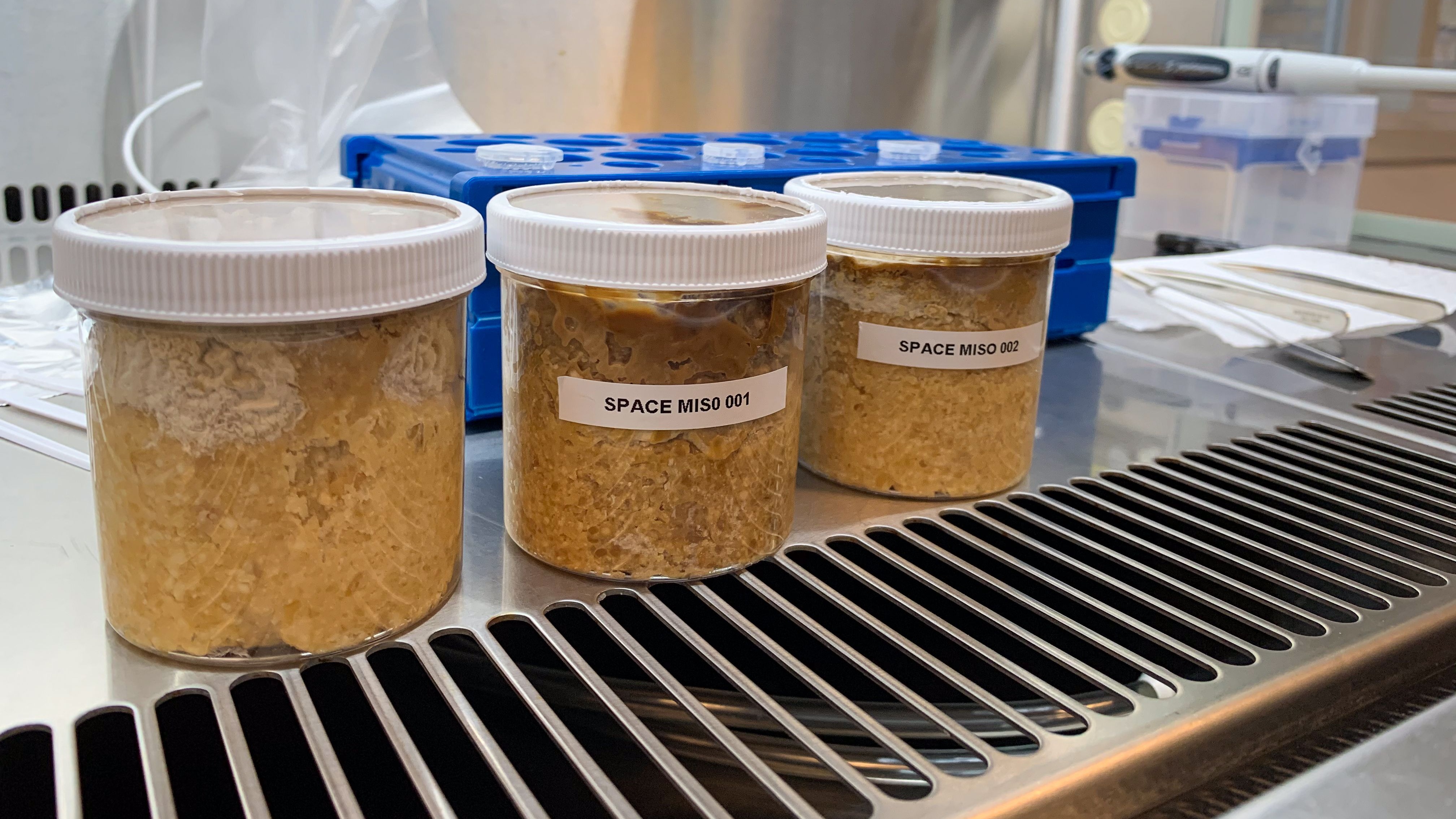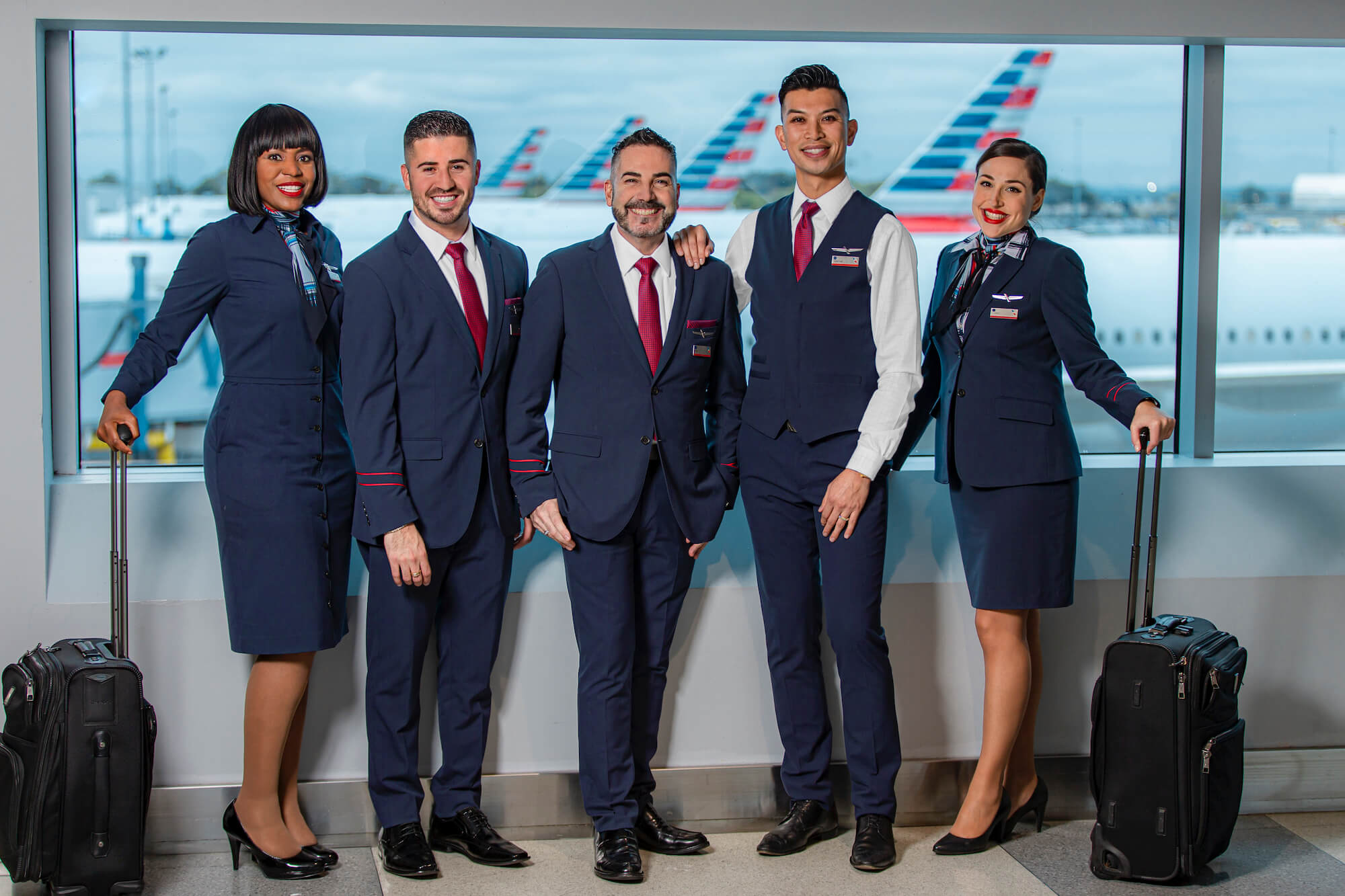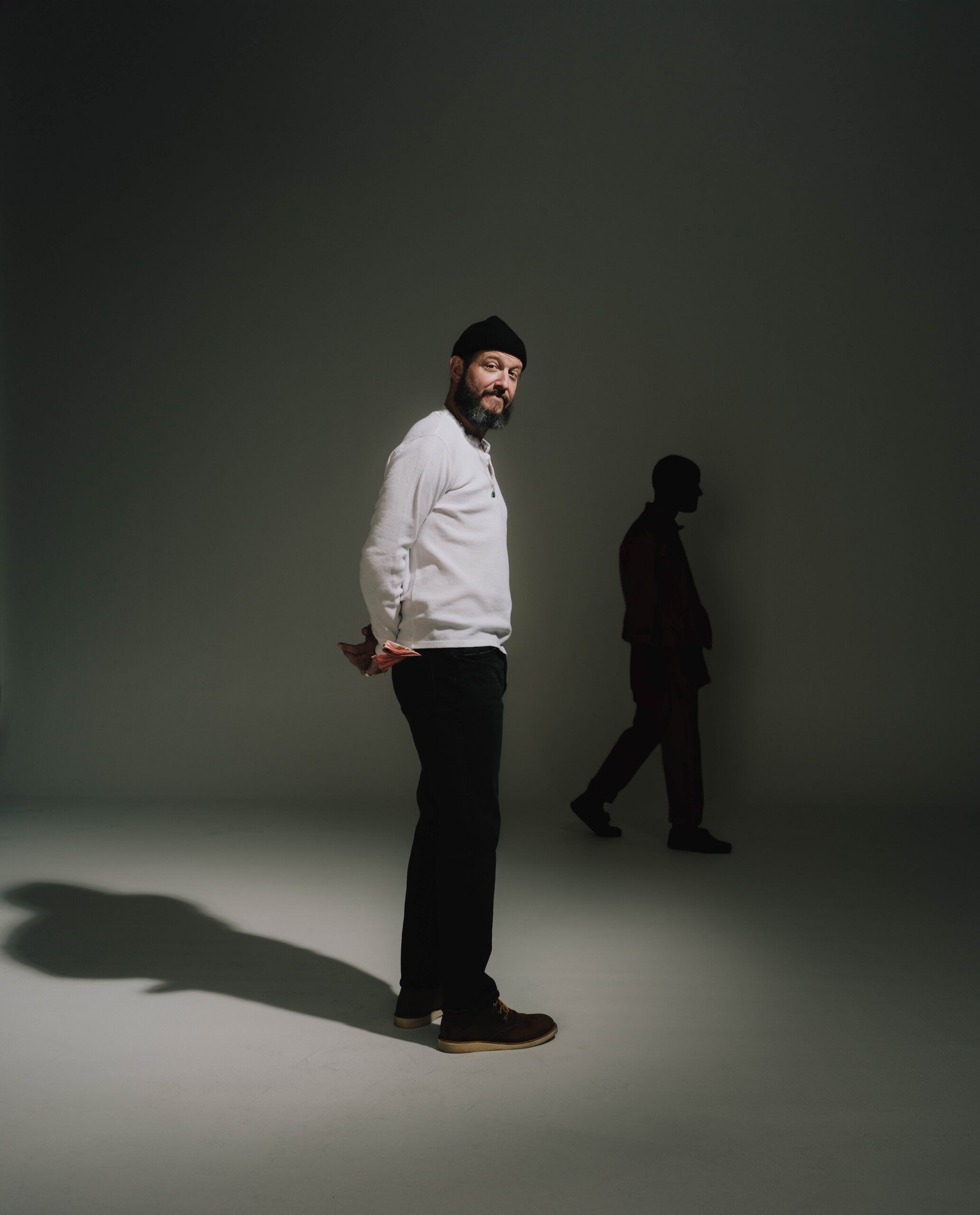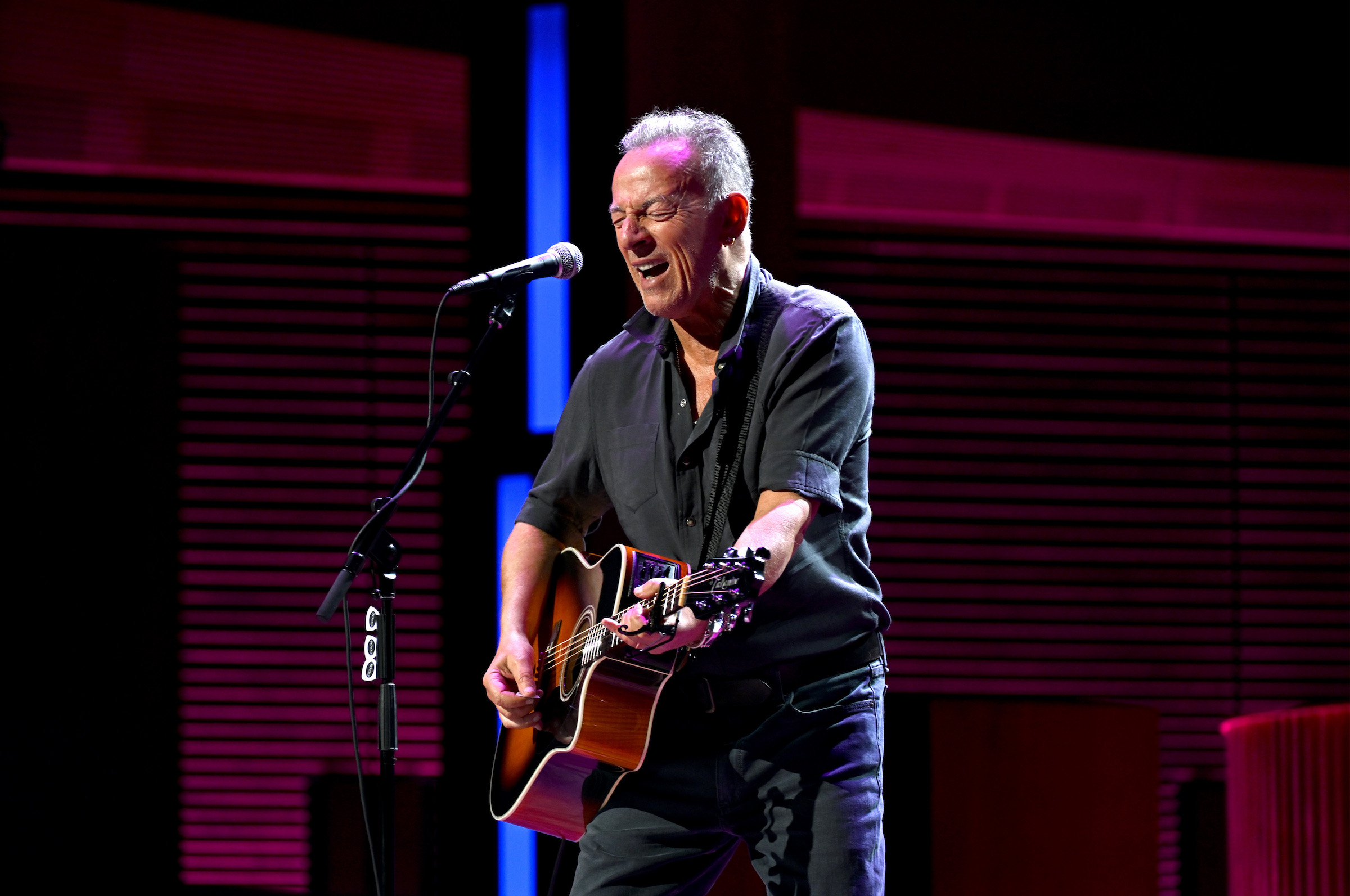World Cup officials want to avoid a Copa America disaster. They’re still trying to figure out how
President Donald Trump meets with FIFA president Gianni Infantino ahead of this summer’s Club World Cup. As host cities implore the government for federal funding for protections, safety is a serious concern for the World Cup Is the United States unprepared for the mass hysteria of the FIFA World Cup? Depends on who you ask. From a standpoint of building excitement, announcing what’s to come, and ensuring it has the protections in place to avoid another Copa America final, it’s still very much a wait-and-see when it comes to just how much planning and preparation has already taken place and just how much more needs to be done before the world converges on North America for the biggest event in sports. Let’s not forget that the event got even bigger as for the first time, 48 nations will compete for World Cup glory, instead of the customary 32. This summer’s FIFA Club World Cup will act as a litmus test, though that tournament, despite the big time names in world soccer that are scheduled to appear in 11 different venues in towns like Cincinnati, Nashville, and Charlotte, the Club World Cup is a microcosm of what to expect from a fan perspective. But here’s what we know. Can’t afford a repeat It began even before the final game. The fever pitch grew so out of control, so obscenely, all you could do was watch. When Argentina took on Colombia last summer in the Copa America final in Miami, excitement for the match turned into mania as fans, many without a ticket for the game, descended upon Hard Rock Stadium hell bent to find a way in. The goal? A glimpse of the world’s greatest player, Lionel Messi, who was going after a second major title in as many years. Fresh off a World Cup win in Qatar in 2022, Argentina now had a chance to win an intercontinental crown and the thought set of a chain reaction that won’t soon be forgotten. The chain reaction? Fans with tickets unable to get in because gates were closed, fans without tickets bullying their way through lines and past gatekeepers and police alike. Fans getting into the arena through the stadium duct work. Once inside, fans with tickets already finding their seats taken with no way of getting those people removed. “Everyone started to push and you could feel yourself losing air,” a man who identified himself as ‘Steven told the New York Times in 2024. “And once we got closer to the gates, you can only imagine.” Photo by Maddie Meyer/Getty Images Fans push through the gates, trampling each other ahead of the Copa America final between Argentina and Colombia last July. Who’s in charge? Surely, officials at FIFA, U.S. Soccer and state municipalities have seen the footage. They know they don’t want a repeat. But even this month, many host cities feel they are woefully unprepared in having protections in place and are urging for federal funding to the tune of $625 million to beef up security measures. In the spend money to make money approach, these cities are shelling out thousands to privatized lobbying firms to implore the government to assist in any way possible with giving resources to help. Despite the tournament being split between both Canada and Mexico, the United States has the lion’s share of scheduled matches, but is still a bit in the dark of plans to get people in and out safely. FIFA president Gianni Infantino presents the FIFA Club World Cup ball to President Donald Trump ahead of this summer’s tournament. While the onus is on the states to ensure fans attend matches safely, the onus is on FIFA, who have requested complete control of this year’s tournament from liaising with host cities to the planning of ancillary events around the country. FIFA has created mini-offices in each host city, with members of the bid committee for those cities now acting as the conduit for planning and preparation. It’s the way FIFA has wanted it from the jump. At the United Soccer Coaches Convention in Chicago earlier this year, U.S. Soccer president Cindy Cone said that while the federation and individual cities collaborate with FIFA, this is largely their show. “They said well, ahead of time, even before the bid process started, that this was going to be the way,” Cone told reporters. “Conversations have been continual, and we have a whole staff that’s looking at this and working with FIFA as well as CONCACAF on this, and then also Mexico and Canada. So the collaboration is high, and we’re all working together.” There is still more than a year before the first ball is kicked in the United States as part of the FIFA World Cup final, but the planning for a lot of things that feel still up in the air, almost feel like they should have been done by now. Photo by Howard Smith/ISI Photos/USSF/Getty Images for USSF U.S. Soccer president Cindy Cone said that although the federation and states are working together, the planning and preparation for next summer’s event will l


As host cities implore the government for federal funding for protections, safety is a serious concern for the World Cup
Is the United States unprepared for the mass hysteria of the FIFA World Cup?
Depends on who you ask.
From a standpoint of building excitement, announcing what’s to come, and ensuring it has the protections in place to avoid another Copa America final, it’s still very much a wait-and-see when it comes to just how much planning and preparation has already taken place and just how much more needs to be done before the world converges on North America for the biggest event in sports.
Let’s not forget that the event got even bigger as for the first time, 48 nations will compete for World Cup glory, instead of the customary 32. This summer’s FIFA Club World Cup will act as a litmus test, though that tournament, despite the big time names in world soccer that are scheduled to appear in 11 different venues in towns like Cincinnati, Nashville, and Charlotte, the Club World Cup is a microcosm of what to expect from a fan perspective.
But here’s what we know.
Can’t afford a repeat
It began even before the final game. The fever pitch grew so out of control, so obscenely, all you could do was watch. When Argentina took on Colombia last summer in the Copa America final in Miami, excitement for the match turned into mania as fans, many without a ticket for the game, descended upon Hard Rock Stadium hell bent to find a way in.
The goal? A glimpse of the world’s greatest player, Lionel Messi, who was going after a second major title in as many years. Fresh off a World Cup win in Qatar in 2022, Argentina now had a chance to win an intercontinental crown and the thought set of a chain reaction that won’t soon be forgotten.
The chain reaction? Fans with tickets unable to get in because gates were closed, fans without tickets bullying their way through lines and past gatekeepers and police alike. Fans getting into the arena through the stadium duct work. Once inside, fans with tickets already finding their seats taken with no way of getting those people removed.
“Everyone started to push and you could feel yourself losing air,” a man who identified himself as ‘Steven told the New York Times in 2024. “And once we got closer to the gates, you can only imagine.”
/cdn.vox-cdn.com/uploads/chorus_asset/file/25934833/2162042295.jpg) Photo by Maddie Meyer/Getty Images
Photo by Maddie Meyer/Getty Images
Who’s in charge?
Surely, officials at FIFA, U.S. Soccer and state municipalities have seen the footage. They know they don’t want a repeat. But even this month, many host cities feel they are woefully unprepared in having protections in place and are urging for federal funding to the tune of $625 million to beef up security measures.
In the spend money to make money approach, these cities are shelling out thousands to privatized lobbying firms to implore the government to assist in any way possible with giving resources to help. Despite the tournament being split between both Canada and Mexico, the United States has the lion’s share of scheduled matches, but is still a bit in the dark of plans to get people in and out safely.
/cdn.vox-cdn.com/uploads/chorus_asset/file/25934838/2203264478.jpg)
While the onus is on the states to ensure fans attend matches safely, the onus is on FIFA, who have requested complete control of this year’s tournament from liaising with host cities to the planning of ancillary events around the country. FIFA has created mini-offices in each host city, with members of the bid committee for those cities now acting as the conduit for planning and preparation.
It’s the way FIFA has wanted it from the jump.
At the United Soccer Coaches Convention in Chicago earlier this year, U.S. Soccer president Cindy Cone said that while the federation and individual cities collaborate with FIFA, this is largely their show.
“They said well, ahead of time, even before the bid process started, that this was going to be the way,” Cone told reporters. “Conversations have been continual, and we have a whole staff that’s looking at this and working with FIFA as well as CONCACAF on this, and then also Mexico and Canada. So the collaboration is high, and we’re all working together.”
There is still more than a year before the first ball is kicked in the United States as part of the FIFA World Cup final, but the planning for a lot of things that feel still up in the air, almost feel like they should have been done by now.
/cdn.vox-cdn.com/uploads/chorus_asset/file/25934836/2205208689.jpg) Photo by Howard Smith/ISI Photos/USSF/Getty Images for USSF
Photo by Howard Smith/ISI Photos/USSF/Getty Images for USSF
“I can’t wait for the World Cup and I’m prepared to shell out the ridiculous prices they’re asking for these tickets,” said Mike Loeffler, a tradesman in New Jersey and self-proclaimed “soccer nut.”
“However, at the end of the day, I’m a dad who has to come home to two kids and I can’t afford to be caught in any kind of pandemonium. There’ll be enough of that inside the stadium. So I’m hoping that yeah, protections are put in place so people don’t have to worry about anything but having a good time.”
He paused, shrugged his shoulders and added:
“I mean, we’ll see, right?”


